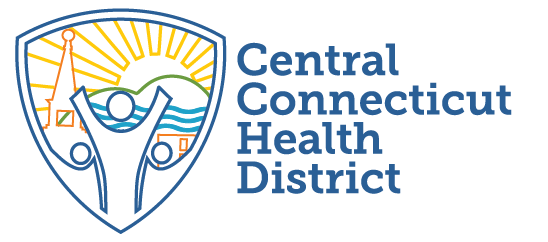Substance Use Disorder & Recovery Resources
What is Substance Use Disorder (SUD)?
Substance use disorder (SUD) is a treatable mental disorder that affects a person's brain and behavior, leading to their inability to control their use of substances like legal or illegal drugs, alcohol, or medications. This affects the person's ability to function in day to day life. People keep using the substance even when they know it is causing or will cause problems. The most severe SUDs are sometimes called addictions.
People with a substance use disorder may have distorted thinking and behaviors. Changes in the brain's structure and function are what cause people to have intense cravings, changes in personality, abnormal movements, and other behaviors. Brain imaging studies show changes in the areas of the brain that relate to judgment, decision making, learning, memory, and behavioral control.
Repeated substance use can cause changes in how the brain functions. These changes can last long after the immediate effects of the substance wears off, or in other words, after the period of intoxication. Intoxication is the intense pleasure, euphoria, calm, increased perception and sense, and other feelings that are caused by the substance. Intoxication symptoms are different for each substance.
Source: American Psychiatric Association
opioid crisis
Our nation and our state are in the midst of an opioid crisis. Millions of individuals and families have been devastated by the effects of this addiction. "Opioids", also known as narcotics, take the form of prescription drugs (such as Oxycodone, Vicodin and Percocet) or street drugs such as heroin. Heroin and other “softer” drugs available on the street may be cut or laced with much more deadly narcotics such as fentanyl, xylazine or carfentanil, leading to a surge in overdose deaths in Connecticut and the US.
Intravenous drug use is also leading to an uptick in other public health concerns such as Hepatitis C. If you or someone you know has a problem with narcotics or any other substance or behavioral addictions, please seek help.
Harm Reduction
Harm reduction helps people who use drugs avoid negative effects, like infection or overdose. But it’s also more than that. In addition, “many understand harm reduction as a way to meet people where they are with kindness and respect.”
Source: Shatterproof.org
Harm reduction OUTSIDE of substance use:
-Wearing a seatbelt when driving. Wearing a nicotine patch instead of smoking.
-Wearing a face mask during the pandemic and during yearly cold and flu seasons.
Harm reduction IN substance use:
-Not using substances alone
-Learning signs and symptoms of an overdose
-Naloxone (Narcan) education, rescue breathing
-Syringe exchange programs
-Substance use testing strips: fentanyl and xylazine
-Understanding the Good Samaritan Law and how it protects bystanders in the event of an overdose event
-Deciding to use less or fewer substances
-Knowing where to get help and support
Recovery Support
If someone has decided that they are ready to begin the recovery process, we are here to help.
Central connecticut Health District’s Response
CCHD has received a grant from the Department of Mental Health and Addiction Services. Through the “How Can We Help Grant”, CCHD offers Recovery Coach services to individuals who desire to begin their journey of recovery from opioid addiction and guidance to family members who are grappling with the consequences of their loved one’s addiction.
Through our new Clinical Health Services division, we will also offer overdose education & naloxone (Narcan) training and a Substance Use Disorder (SUD) Friends & Family support group. As we expand, be on the lookout for more educational and support services offerings.
To view our current event & class calendar, please click the link below.




